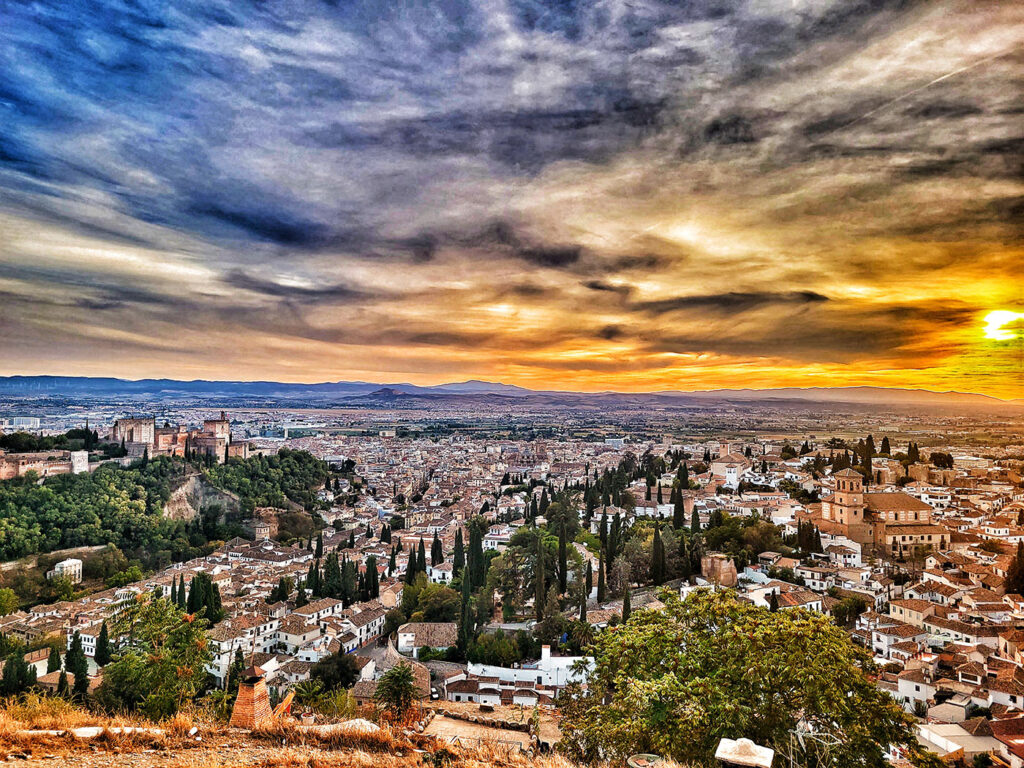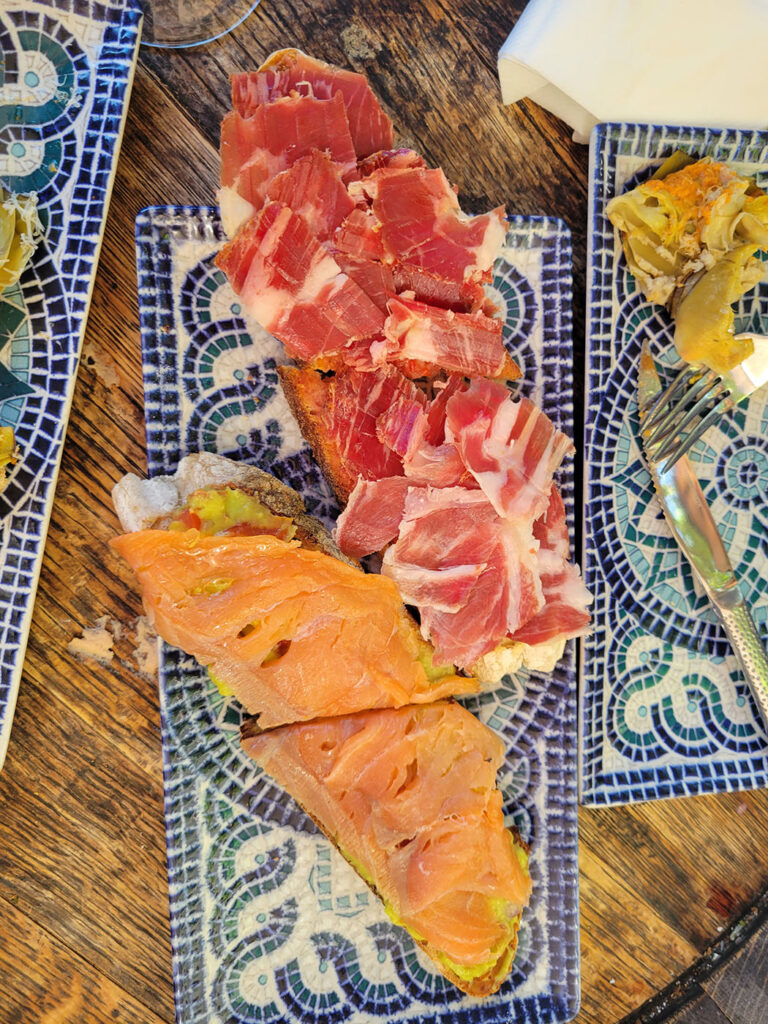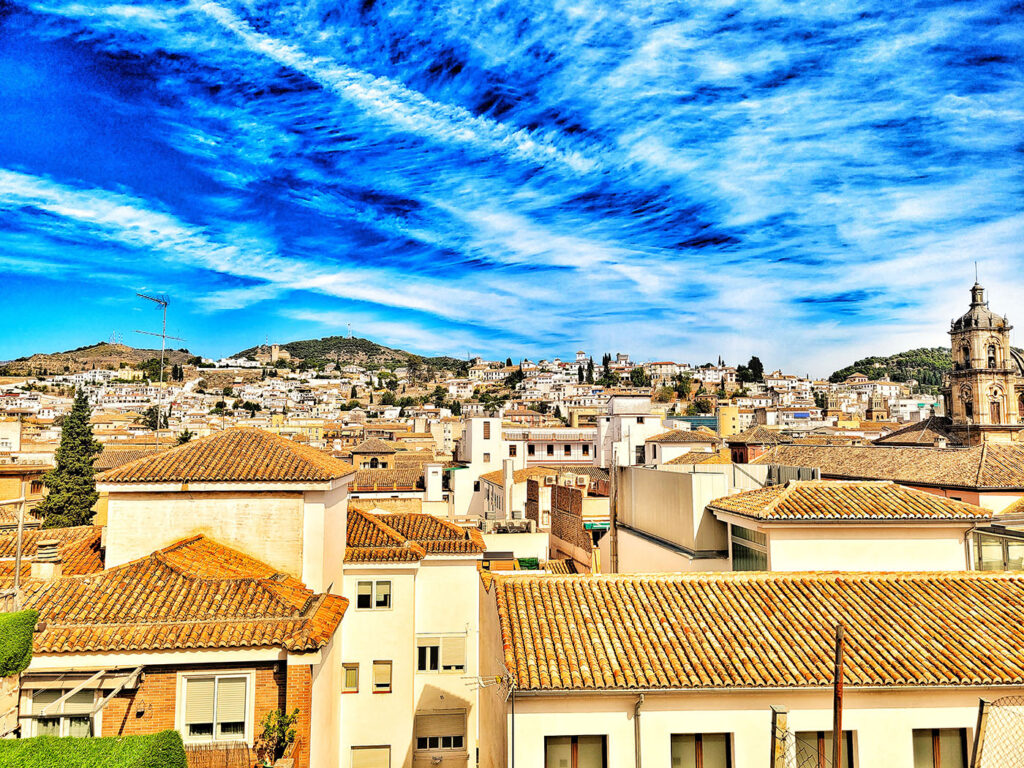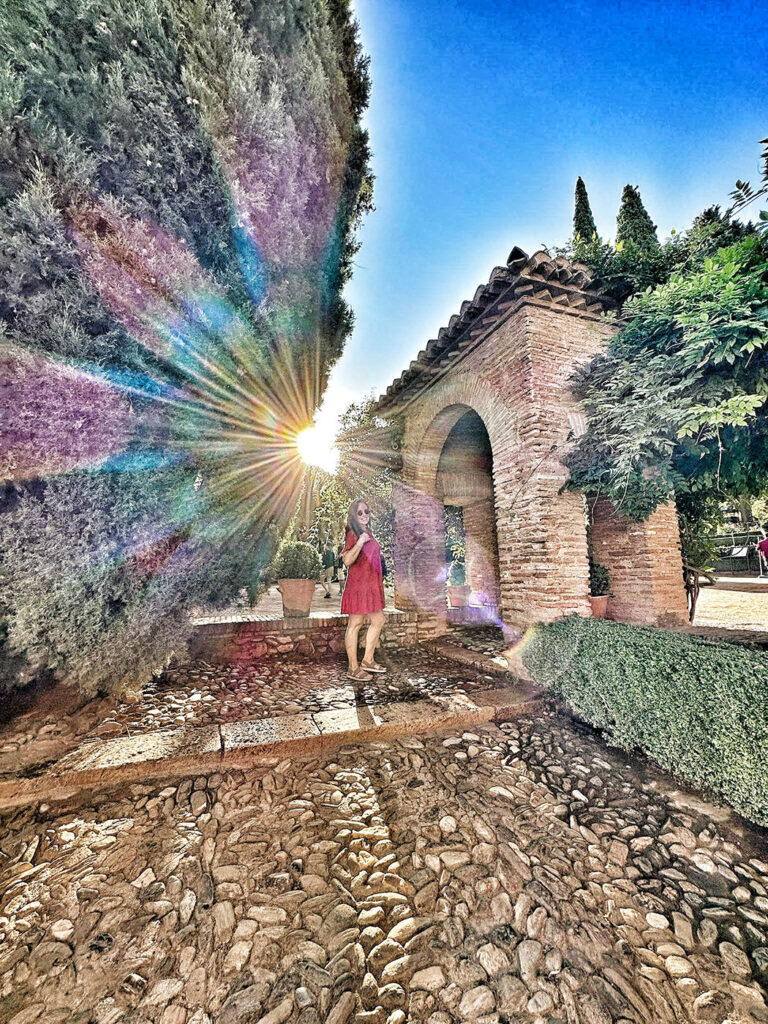Spanish Living (The Pros and Catalysts)
For years, I’ve been jokingly (but seriously) saying, “I just wanna move to the hills of Spain, drink wine, and write all day.” This was usually prefaced by some sort of unfortunate or stressful event. Nonetheless, the romantic idea of Spanish living endured. Fast forward a few years later, and here I am – living in the hills of Spain, drinking wine, and writing all day.
*This post contains affiliate links for which I may receive a small commission should a purchase result from a click. This, in no way, affects you or your cost.*
When I began planning this trip in early February, I had a rough idea of the areas and regions where I wanted to spend most of my time. Given the location of most of the cities at the top of my list, it was apparent I’d be spending most of my time in Andalucía, or Andalusia, as most people from English-speaking countries call it.

I had no idea what to expect except for maybe tapas, Spanish wine, the Spanish dialect I learned in high school, ancient history, Flamenco dancing, and amazing architecture. But one of the best parts about this experience is how little I actually knew. Almost two months into Spanish living, I thought it would be a great opportunity to share some of those things: The good, the bad, the quirks, the differences, and the beauty of living in a foreign land.
SPANISH LIVING PROS AND CONS
I want to disclaim that in no way, shape, or form am I bashing a culture here. In fact, to bash the Spanish would be to bash my own ancestral roots. I’m simply outlining some things about Spanish culture that don’t fit into my very American, big-city way of living. Furthermore, in many ways, I can look at the so-called “cons” as the catalyst for one of the many benefits of traveling – a newfound appreciation for what can be considered a luxury in my home country. So, with that in mind, maybe I shouldn’t call it a con but a catalyst!
Tapas and Spanish Food
First off, tapas are great! Who doesn’t love free food or small bites when you’re only kind of hungry? Tapas are very much a part of Spanish culture. They’re not always edible for this pescetarian, however. Moreover, so much Spanish food is frito, or fried, and I love my greens. Also, I’m not keen on being the one person at a bar who questions the waiter about the mystery meat inside the croquetas gratis he just graciously brought to the table.
P.S. Not all croquetas have pork inside them. In fact, I’ve had some fabulous shrimp croquetas while here in Spain. I’m especially thinking about the ones I had in Duo Tapas bar in Sevilla’s Alameda de Hercules. Pro Tip: If you see “Croquetas Caseras” on a menu, that just means “homemade.” In other words, they’re not frozen. But if you’re pescetarian or vegetarian, be sure to ask what’s inside.
International Cuisine in Spain
I’ve found myself searching for Asian food more times than I can count while traveling around this country. Thankfully, I’ve been very lucky in that department in terms of cuisine. In fact, just last night, we ate at an authentic Korean restaurant, Miso, less than fifteen minutes from the Airbnb. The night before, we had delicious sushi a mere nine minutes from our Airbnb. I also located a small Asian grocery store where I was excitedly able to buy some spring roll wrappers, soy sauce, and chili paste so that I could make my famous shrimp spring rolls.

Thankfully, we have a full kitchen in our Airbnb. We take advantage of the opportunity to cook more often than not. The fact of the matter is Spanish food and Spanish food alone just wouldn’t be able to satiate this foodie‘s cravings and longing for something healthy. I have a feeling I’m going to get a lot of people trying to prove me wrong, and again, that’s not why I’m sharing this. I love food, so if you’d like to try and prove me wrong, I’m not going to stop you. The point is I am very much looking forward to the plethora of food choices I have in Los Angeles.
Spanish Living Quirks and Observations
-
- Windows don’t have screens. Bugs (and sometimes the birds and the bees) will find their way in.
-
- Toilets aren’t full of water.
-
- People don’t ask, “Como estás?” They ask, “Qué tal?”
-
- Most Spaniards eat dinner around 10 p.m.
-
- There are colonias felinas (feline colonies) everywhere. These are groups of feral, outdoor cats living in a designated space set up with food and water.
-
- Personal space doesn’t seem to be as important as it is in the United States.
- Spanish parks are out of this world – seriously, some of the most visually beautiful I’ve ever had the pleasure of visiting.
-
- All clothes are hang-dried.
-
- The food in Madrid and Sevilla was too salty for me, and I love salt.
-
- Fried “Adobo” dogfish might be one of the tastiest fried fish I’ve ever tried.
-
- You can get glasses of good Spanish wine for as little as €1.50. I’ve never seen a copa de vino over €8.00, and even that’s unusual. The average is €3.00. Fancy a bottle? That’ll run you an average of €12.00.
-
- Siesta is real and awesome, and shops and restaurants pretty much make their own schedule.
-
- Washcloths are not common baño accoutrements.
-
- Shade is plentiful. Space is not. Sometimes, you have to flatten yourself against a wall or step into someone’s doorway to avoid being side-swiped by a vehicle.
-
- Dogs are rarely on leashes but seemingly always wait for or follow their guardians.
-
- Restaurants will only serve you drinks between certain hours. It’s kind of nice when you think about the fact that most restaurants in the states frown upon anyone who just wants beverages and not a full meal. Food service doesn’t begin until 8 p.m. at most places.
-
- The potatoes and the butter are so much better in Spain!
I’m sure there are dozens more, but that’s a pretty extensive list. I love Spanish living while discovering a newfound appreciation for the way of life I’ve become accustomed to in California. Would I consider living in Spain full-time? Probably not full-time, but definitely part-time. In fact, just yesterday afternoon, I was daydreaming about just that on the rooftop bar of a hotel overlooking the Albaicín neighborhood.

THE DRAW OF SPANISH LIVING
Granada‘s main draw is The Alhambra. Most people only day trip to the city that was once the site of the longest Muslim rule in Spain to tour this attraction. For me, it was a feeling. I really didn’t know why I was so drawn to this small Andalusian city, but being here and walking its narrow, history-laden streets has solidified that draw.

There is a magic about Granada that I’m afraid the busy, on-the-go day tourist just can’t experience in less than twenty-four hours. I’m privileged to have had this experience, to have followed my gut to this UNESCO World Heritage Site where the free tapas flow like the vino and the friendly smiles ask, “Qué tal” instead of “Como estás?” I’m grateful to be spending most of my time in the Iberian Peninsula’s last Moorish Kingdom, where Arabic influence can still be seen in the city’s architecture, cuisine, and culture and where Spanish living is at its finest.

Leave a Reply